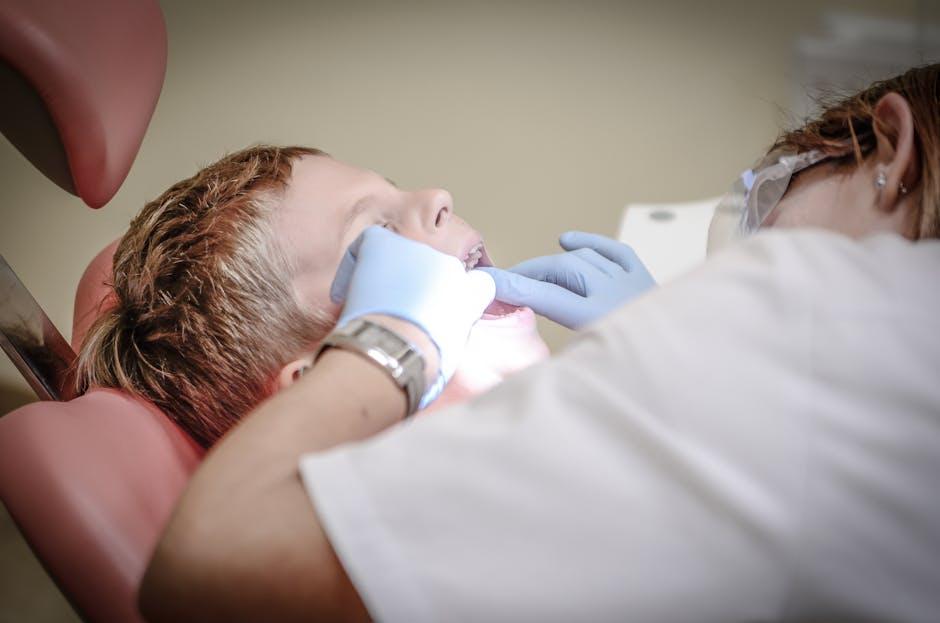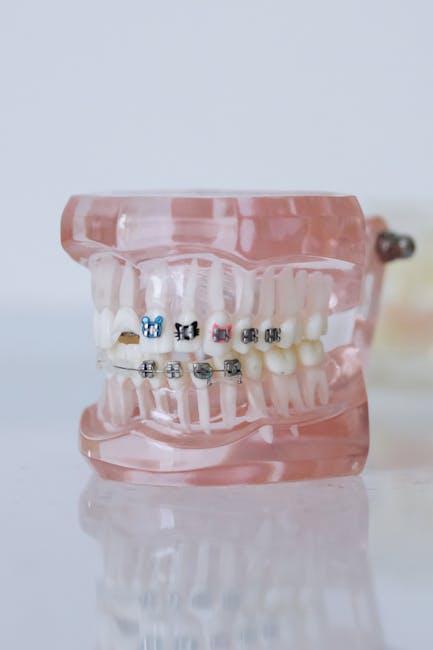
Factors Associated with Dental Care Utilization Among Iranian Adult Populations Based on Anderson Model – BMC Public Health
Dental care utilization is a critical component of public oral health strategies, directly influencing the prevention and treatment of oral diseases. In Iran, understanding what drives or hinders adults from seeking dental care is vital for policymakers and healthcare providers. Research grounded in the Anderson behavioral model offers valuable insights into the factors affecting dental care usage among Iranian adults. This article delves deep into these factors, providing a comprehensive overview backed by evidence from BMC Public Health and other relevant studies.
Understanding the Anderson Behavioral Model
The Anderson model is a widely used framework to explain the utilization of health services. It categorizes determinants into three main types:
- Predisposing Factors: Demographics, social structure, and health beliefs that influence the likelihood of seeking care.
- Enabling Factors: Economic and logistical resources that facilitate or impede access to care.
- Need Factors: Illness levels or perceived health conditions that create the actual demand for services.
When applied to dental care utilization in Iranian adults, these factors provide a blueprint for understanding behaviors and planning effective interventions.
Key Factors Influencing Dental Care Utilization in Iranian Adults
Predisposing Factors
Predisposing characteristics relate to the individual’s socio-demographic profile and attitudes.
- Age and Gender: Studies have shown that younger adults in Iran are more likely to utilize dental services, yet older adults often reduce visits due to financial or physical barriers. Women tend to have higher utilization rates than men, possibly linked to greater health awareness.
- Education Level: Higher educational attainment correlates with increased dental visits, as education typically enhances oral health knowledge and prioritization.
- Health Beliefs and Attitudes: Individuals who perceive oral health as crucial to overall wellbeing and those with positive attitudes toward preventive care tend to use dental services more regularly.
Enabling Factors
These are practical or economic resources that facilitate access to dental care.
- Income and Socioeconomic Status: Low income significantly limits dental care utilization due to affordability issues.
- Insurance Coverage: Availability and type of dental insurance in Iran influence whether individuals seek dental services, especially for expensive treatments.
- Geographic Accessibility: Urban residents generally access dental care more frequently than those in rural areas, owing to proximity and availability of services.
- Transportation and Time: The convenience of transportation and personal time availability also play a significant role.
Need Factors
Actual or perceived oral health needs determine dental visits.
- Self-perceived Oral Health Status: Those who believe they have dental problems, such as toothache or gum disease, are more motivated to seek care.
- Chronic Conditions and Comorbidities: Individuals with diabetes or cardiovascular diseases commonly have higher dental care needs and utilization due to systemic links.
- Previous Dental Experiences: Positive or negative past encounters influence future care-seeking behavior.
Summary of Factors Impact on Dental Care Utilization
| Factor Category | Key Elements | Impact on Utilization |
|---|---|---|
| Predisposing | Age, Gender, Education, Health Beliefs | Influences motivation and awareness to seek care |
| Enabling | Income, Insurance, Geographic Access, Transportation | Determines ability and ease to access services |
| Need | Perceived Oral Health, Chronic Conditions, Past Experience | Creates demand based on health status |
Benefits of Improved Dental Care Utilization in Iran
Promoting regular dental visits among Iranian adults offers myriad benefits:
- Early Detection and Prevention: Detection of caries, periodontal disease, and oral cancers at initial stages improves prognosis.
- Better Overall Health: Oral health is linked to systemic health, so improving dental care reduces risk of serious diseases.
- Reduced Financial Burden: Preventive visits cut down costly emergency treatments and complications.
- Improved Quality of Life: Healthy teeth and gums contribute to better nutrition, communication, and self-esteem.
Practical Tips to Enhance Dental Care Utilization Among Iranian Adults
To support better dental care utilization guided by the Anderson model, consider these practical strategies:
- Raise Awareness: Initiate public education campaigns focused on oral health benefits and the importance of preventive visits.
- Expand Insurance Coverage: Advocate for improved dental insurance inclusion especially targeting low-income populations.
- Enhance Access: Develop mobile clinics and increase the number of oral health professionals in underserved rural areas.
- Promote Positive Health Beliefs: Collaborate with community leaders and influencers to shift cultural attitudes towards routine dental care.
- Encourage Regular Check-ups: Empower individuals via reminder systems and incentives to maintain routine dental visits.
Case Study: Applying the Anderson Model in Urban vs. Rural Iran
Recent qualitative research published in BMC Public Health highlighted differences in dental care utilization between urban and rural Iranian adults:
- In urban centers, enabling factors such as easy access to clinics and insurance coverage were predominant facilitators.
- In rural areas, predisposing factors like limited education and health beliefs, combined with poor access, largely hindered dental visits.
- Need factors triggered care-seeking mostly in urban residents, whereas rural residents often ignored symptoms until severe.
This case study underlines the necessity for tailored interventions to address unique local barriers and motivators.
Firsthand Experience: Insights from Iranian Adults
Interviews with adult Iranians reveal common themes relating to dental care utilization:
“I avoid going to the dentist unless I have pain because I am worried about the cost and time off work,” said a 45-year-old male from Tehran.
“Regular check-ups are important to me, but the nearest dental clinic is far from my village, so I go only when I have no choice,” shared a 38-year-old woman from rural Kerman.
“My dentist explains everything clearly, which motivates me to come every six months,” reported a university student from Isfahan.
The voices echo the role of economic, geographic, and psychosocial factors in shaping dental care behaviors.
Conclusion
Dental care utilization among Iranian adults is a complex interplay of predisposing, enabling, and need factors described by the Anderson model. Understanding and addressing these determinants is essential to improving oral health outcomes across Iran. Increased access, educational efforts, insurance reforms, and cultural change are all pivotal to encouraging routine dental visits. By focusing strategically on these factors, public health initiatives in Iran can bridge gaps in dental care use, ultimately fostering a healthier population with better oral and systemic wellbeing.


